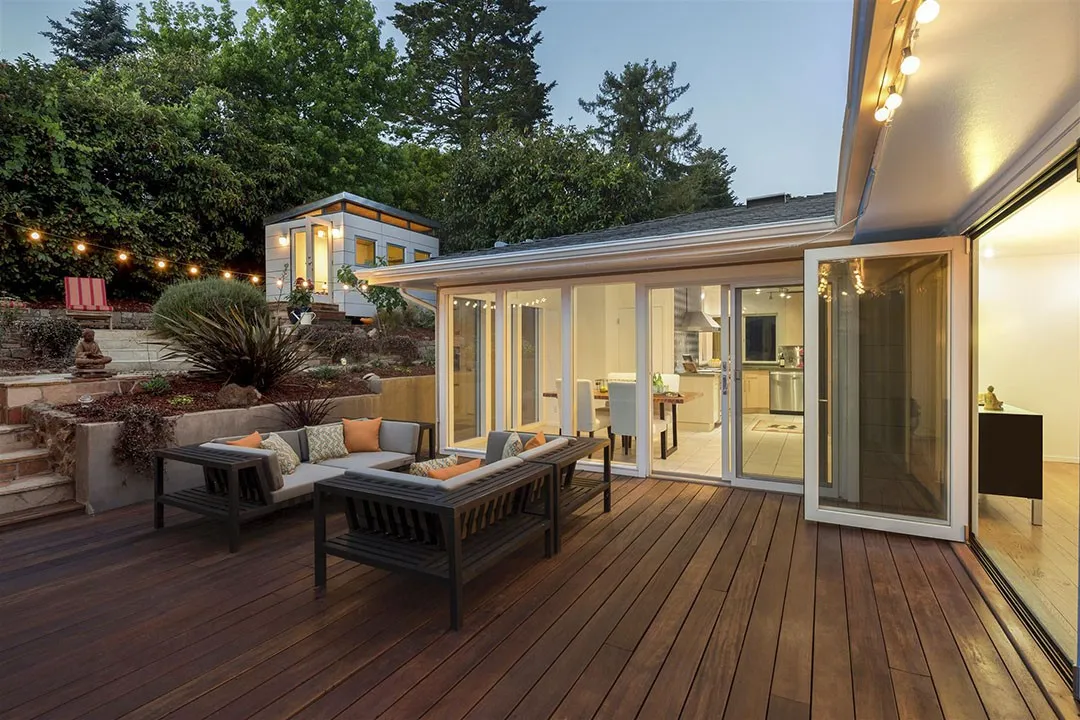
Water Damage? Paint Bubbles on the Wall from Moisture
Water Damage? Paint Bubbles on the Wall from Moisture
Water Damage? Paint Bubbles on the Wall from Moisture

You just got your home recently painted, or maybe it has passed a year since your last house remodeling project, but something is off, and you suddenly realize it: there are paint bubbles on your wall!
There is nothing more awful than coming to your home and realizing that the room where you spent so much money and even your own time and effort (in case you decided to DIY) is far from looking as it should, having those horrible circular bumps emissaries of an even more dangerous problem, water leaks.
To prevent this kind of issue when embarking on a DIY painting project, we have an article with useful tips that will help you ensure a flawless result.
A Beginner's Guide: How to Paint a Wall Without Streaks
If you feel this scenario is describing your current situation, you must be wondering what's going on, but don´t worry. We are here to clear all your questions and provide you with some help before doing something that could risk your entire house infrastructure.
What Does it Mean Having Paint Bubbles on Your Walls?
The best way to identify if there are paint bubbles in your home is by noticing any circular or oval bump in a painted surface. Generally, it can be a frustrating and unsightly problem. Still, it can also indicate underlying issues that must be addressed immediately to prevent more serious damage.
Some of the most common causes of paint bubbles can be:
- Moisture: Excess moisture can lead to paint bubbles, especially in areas with poor ventilation or high humidity. This can be caused by leaks, condensation, or even excessive indoor humidity.
- Temperature Fluctuations: Rapid temperature changes can cause paint to expand and contract, leading to bubbles.
- Poor Surface Preparation: If the surface is not properly prepared before painting, the paint may not adhere properly, leading to bubbles.
- Defective Paint: In some cases, the paint itself may be defective and prone to bubbling.
It's crucial to investigate the underlying cause of paint bubbles to prevent further damage and ensure a long-lasting paint job. Ignoring the problem can lead to more serious issues, such as mold growth, structural damage, or health problems.
How to Identify Moisture Damage
Paint bubbles can be a sign of underlying moisture damage, which can lead to more serious problems if left untreated. Here's how to identify moisture damage and take appropriate action:
- Discoloration: Look for discoloration or staining on the walls or ceiling.
- Mold or Mildew: Mold and mildew can grow in areas with high humidity.
- Peeling Paint: Peeling paint can be a sign of moisture damage.
- Musty Odor: A musty odor can indicate the presence of moisture.
Moisture damage can cause significant damage to your home, including structural damage, rot, and health problems. If you suspect that paint bubbles are caused by moisture, it's important to address the underlying issue promptly.
Addressing Moisture Damage
First thing first, is necessary to identify the source of the moisture that´s causing paint bubbles. Once done that, you can take the necessary steps to address the problem and prevent future damage.
Here are some common solutions:
- Repair Leaks: If you've identified a leak as the source of the moisture, contact a professional to repair it promptly. This may involve fixing a leaky roof, plumbing pipe, or other source of water intrusion.
- Improve Ventilation: Increase ventilation in areas with high humidity to reduce moisture buildup. This can be done by opening windows, using fans, or installing exhaust fans.
- Reduce Humidity: If high humidity is the culprit, consider using dehumidifiers to reduce moisture levels in your home.
- Seal Air Leaks: Seal any air leaks around windows, doors, and other openings to prevent moisture from entering your home.
- Improve Drainage: Ensure that your home's gutters and downspouts are functioning properly to prevent water from pooling around the foundation.
After addressing the moisture problem, you can repair the damaged areas and repaint the affected walls. It's important to allow the walls to dry completely before painting to prevent the moisture problem from recurring.
Beyond the Bubbles: Protecting Your Home
Paint bubbling might be a more common issue than it may seem; however, depending on the reasons why it is caused, the urgency that needs to be put on will also vary. It's not the same as having paint bubbles because of bad surface preparation or techniques as having your walls moistened because of water leaking damage.
If you're experiencing paint bubbles in your home, don't hesitate to seek professional help. Addressing moisture damage is not only about fixing the paint bubbles; it's about protecting your home's structural integrity and creating a healthy living environment.

